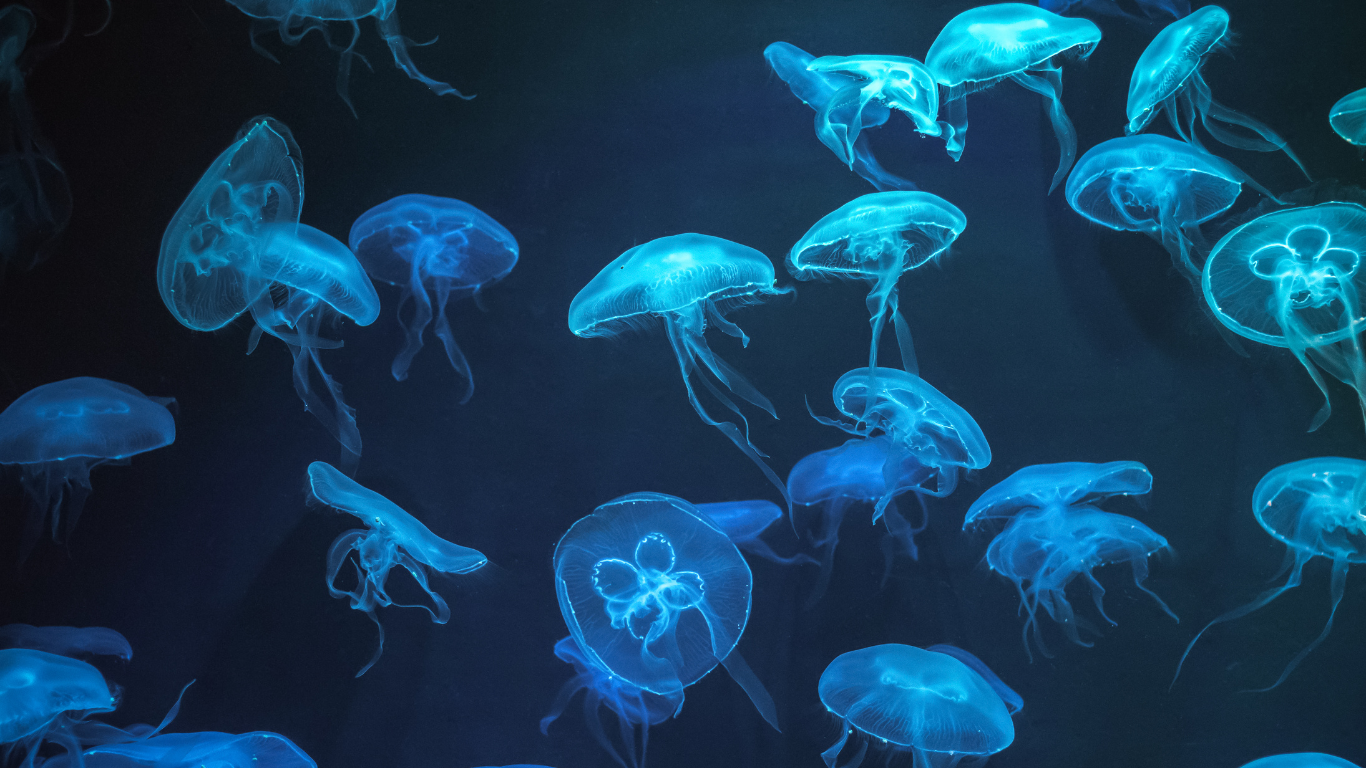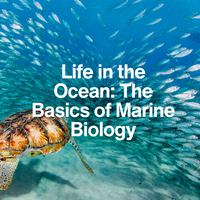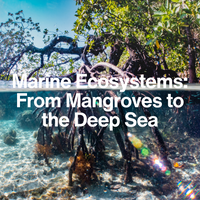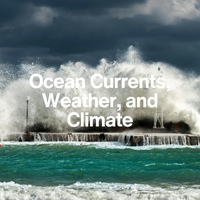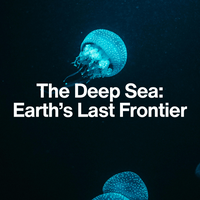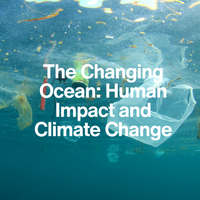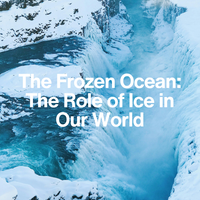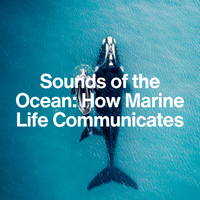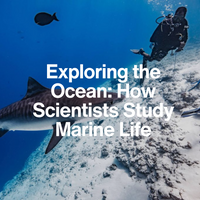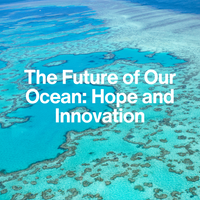LESSON 3
Food Webs: Who Eats Who in the Ocean?
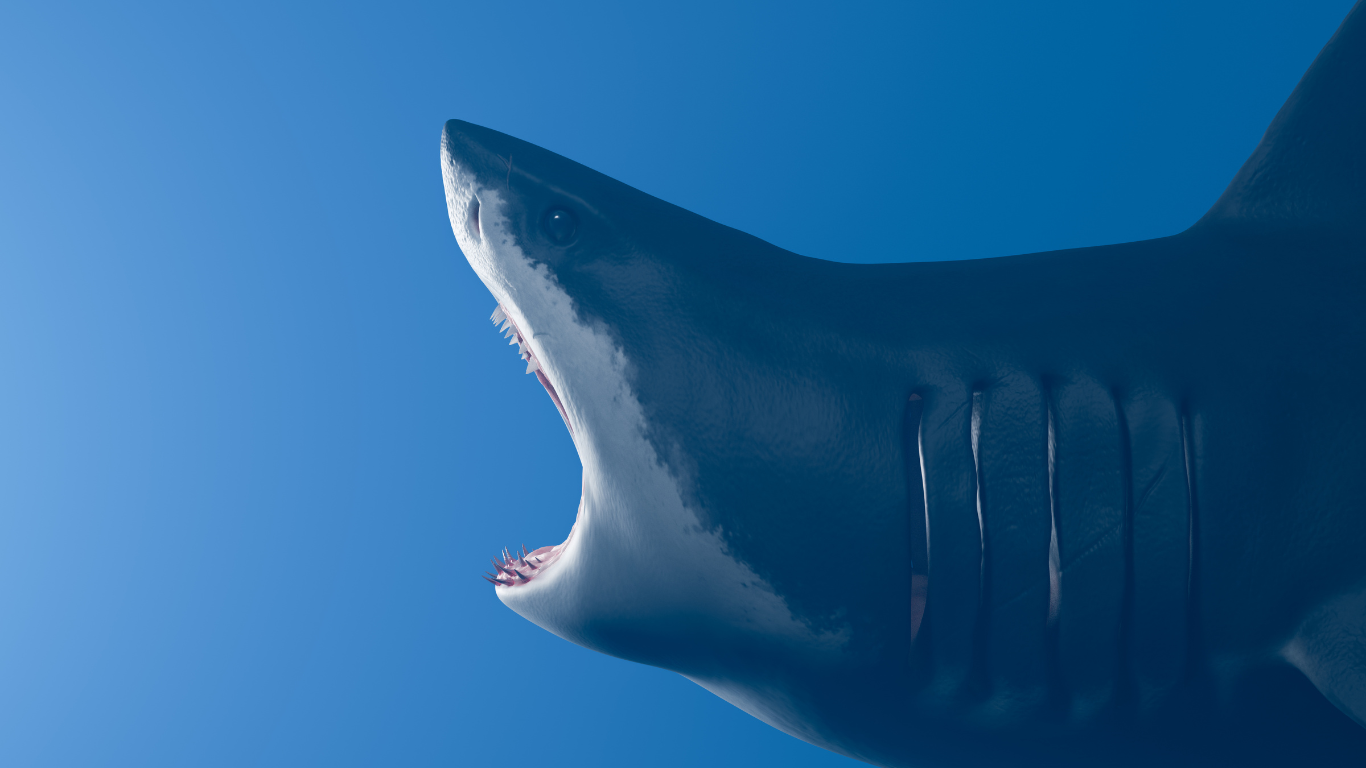
Introduction:
A World of Eaters and the Eaten
The ocean is full of life—but also full of eating. From microscopic plankton to great white sharks, every creature fits into a vast, interconnected system of who eats who. These systems are called food webs, and they show how energy moves through the marine ecosystem.
Let’s dive into the roles marine organisms play and how they depend on each other to survive.
1. The Base of the Web: Producers
All food chains start with energy—most often from the sun.
Primary producers are the organisms that convert sunlight into energy through photosynthesis. In the ocean, these are:
These producers are eaten by small animals—and they form the foundation of nearly every marine food web.
Fun Fact
Without producers, there’s no energy to pass up the chain.
2. Consumers: Energy on the Move
Consumers are organisms that eat other organisms to get energy. There are several levels of consumers in marine food webs:
Fun Fact
Orcas are so powerful, they can prey on great white sharks!
3. The Ocean’s Clean-Up Crew: Decomposers
When organisms die, decomposers break them down and recycle their nutrients. They ensure nothing goes to waste and help keep ecosystems in balance.
Key decomposers in the ocean include:
4. Food Chains vs Food Webs
While a food chain shows a single pathway of energy flow (like: phytoplankton → fish → shark), a food web is a network of many interconnected chains.
Real ecosystems are messy. A single animal might eat (or be eaten by) many different species!

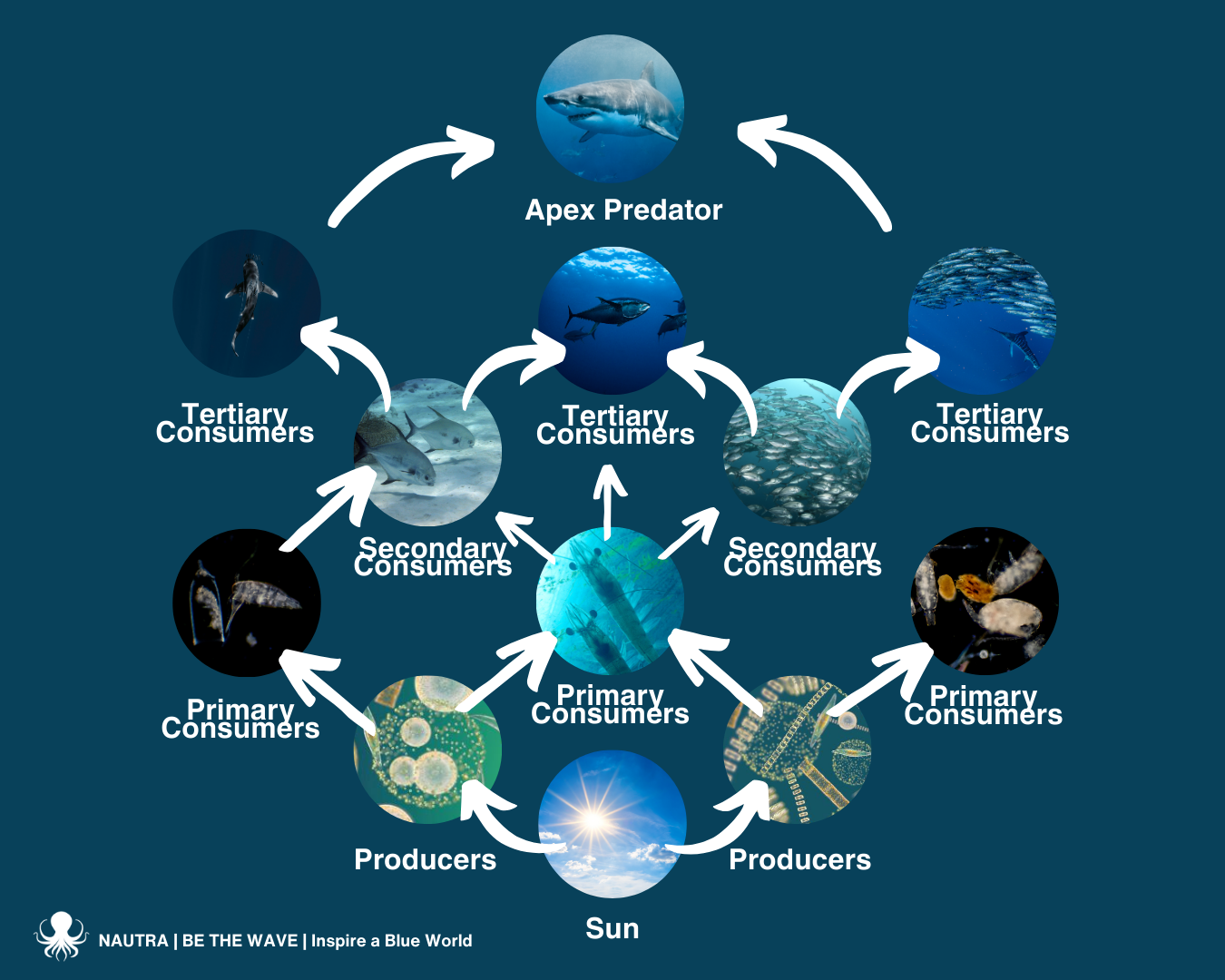
5. Why Marine Food Webs Matter
Marine food webs are sensitive. If one link is lost—like if plankton populations fall, or a top predator disappears—it affects the entire system.
Did you Know?
When sea otters were hunted to near extinction, sea urchin populations exploded—devastating kelp forests. Every species plays a role.
Conclusion
Everything Is Connected
Ocean food webs are delicate, dynamic systems built on billions of daily meals. From sunlight-fueled plankton to apex predators at the top, every link matters. When one part is disrupted, the balance shifts—sometimes drastically. That’s why understanding who eats whom is key to protecting ocean health.
Key Takeaways:
Phytoplankton and algae are the main producers in the ocean, forming the base of most food webs.
Consumers include herbivores, carnivores, omnivores, and top predators, each playing a role in the transfer of energy.
Decomposers and detritivores recycle nutrients, helping maintain ecosystem health.
Food webs are highly interconnected, and disruptions can have widespread effects.
NEXT LESSON
The Weird and Wonderful: Bioluminescence, Deep-Sea Giants, and Extremophiles
In the next lesson, we dive into the ocean’s strangest and most captivating inhabitants—from glowing jellyfish to deep-sea creatures that thrive in boiling vents. Discover how bioluminescence works, meet giants of the abyss, and explore the limits of life on Earth in extreme ocean environments.
